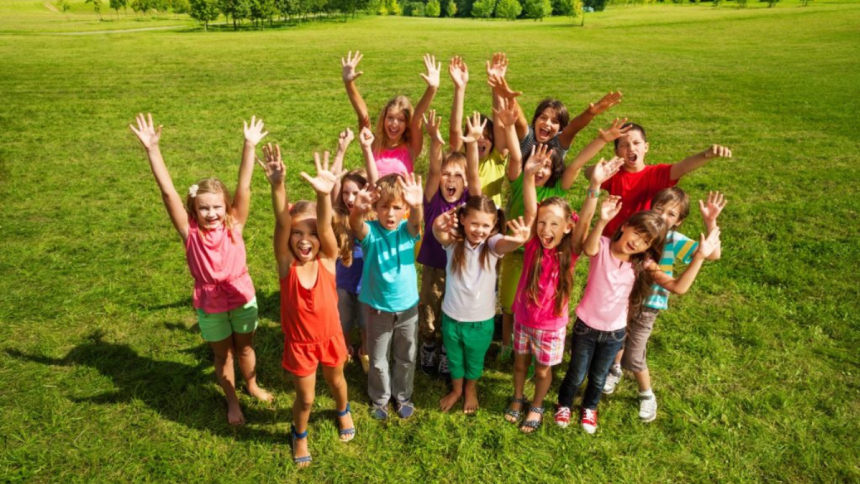As summer temperatures climb, keeping children safe, active, and comfortable becomes a top priority for families, caregivers, and those who manage educational or recreational programs. Rising heat presents not just a physical challenge but also logistical and wellness concerns, especially in regions prone to extended heat waves. Thoughtful planning and environmental design can make a substantial difference in how children experience the season, whether at home, in camps, or within community settings. From water play to indoor adaptations, there are proven strategies to help kids beat the heat while continuing to engage, learn, and enjoy the outdoors.
Creating Shade and Climate-Conscious Outdoor Spaces
One of the most effective ways to help children stay cool is by minimizing their exposure to direct sunlight. Shade structures—such as permanent patio covers, retractable awnings, or freestanding shade sails—offer immediate relief in backyard or play area designs. Trees, vertical gardens, and living walls also provide natural cooling benefits while supporting a more environmentally balanced space.
For property developers, educational facilities, or homeowners investing in outdoor upgrades, designing with sun exposure in mind can have lasting value. Positioning play equipment, picnic areas, and seating zones in shaded regions maximizes usability during peak sun hours. Additionally, using lighter-colored surfaces and materials that reflect rather than absorb heat—like concrete pavers or light gravel—reduces radiant heat buildup.
Evaporative cooling features such as misting systems, fans with water spray, or shaded splash pads are especially useful in high-traffic recreational areas. These installations are increasingly common in schools, parks, and residential communities aiming to provide year-round outdoor comfort without significant energy demands.
Encouraging Hydration and Heat-Safe Activities
Dehydration is one of the most common and preventable heat-related health risks in children. Encouraging regular water intake, especially during outdoor play, is essential. Installing water refill stations, providing reusable water bottles, and offering fruit with high water content—like watermelon, oranges, and berries—can keep hydration levels up without resistance from younger kids.
When planning summer activities, timing is everything. Organizing outdoor games, exercise, or chores early in the morning or later in the evening when temperatures are cooler helps avoid unnecessary risk. Midday hours, especially between 11 a.m. and 3 p.m., should be reserved for indoor play, quiet time, or shaded crafts.
Activity selection should also reflect seasonal realities. Water balloons, slip-and-slides, and shaded obstacle courses allow for physical exertion with built-in cooling. In institutional or camp settings, rotational schedules that move children through shaded, air-conditioned, and active environments can help balance engagement with safety.
Pools and Backyard Water Features
Nothing matches the effectiveness of water play when it comes to summer cooling, and access to a backyard pool can be a game-changer for families. Pools offer both recreational and wellness benefits, encouraging movement, socialization, and relaxation. Even shallow splash zones or inflatable kiddie pools can provide hours of safe entertainment when properly supervised.
For families considering adding a pool, pool financing options can make the investment more accessible. Lenders offer specialized financing products that cater to pool installation, allowing homeowners to spread the cost over time without compromising on design or safety features. Pool fencing, non-slip decking, and shaded lounging areas are all critical additions to consider when designing for family use.
In community or commercial settings, shared pools and splash pads remain among the most popular amenities. These features not only improve resident satisfaction but also contribute to overall wellness in densely populated areas during peak summer months.
Indoor Alternatives That Support Learning and Play
On days when the heat is extreme, transitioning to indoor environments can be essential. Air-conditioned spaces equipped with creative tools—such as building blocks, art supplies, or educational games—offer a comfortable setting for continued development and interaction. Rotating themes or project-based activities can prevent boredom and provide structure during long summer breaks.
Libraries, museums, and community centers often offer summer programming designed to balance education and fun in a climate-controlled setting. For parents working from home, setting up a dedicated “cool zone” with books, puzzles, and digital learning tools can allow children to engage independently while staying safe indoors.
Conclusion: A Season of Safe Enjoyment
Helping children stay cool during the summer requires a combination of thoughtful design, proactive planning, and flexible routines. From shaded play areas and hydration strategies to backyard pools and engaging indoor environments, there are numerous ways to protect kids from the heat while ensuring they remain active and fulfilled. For developers, educators, and families alike, investing in summer-friendly infrastructure and habits can transform hot weather from a challenge into an opportunity for health, growth, and connection.
Lynn Martelli is an editor at Readability. She received her MFA in Creative Writing from Antioch University and has worked as an editor for over 10 years. Lynn has edited a wide variety of books, including fiction, non-fiction, memoirs, and more. In her free time, Lynn enjoys reading, writing, and spending time with her family and friends.















